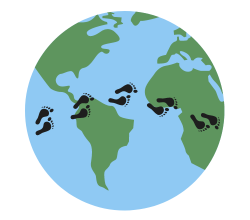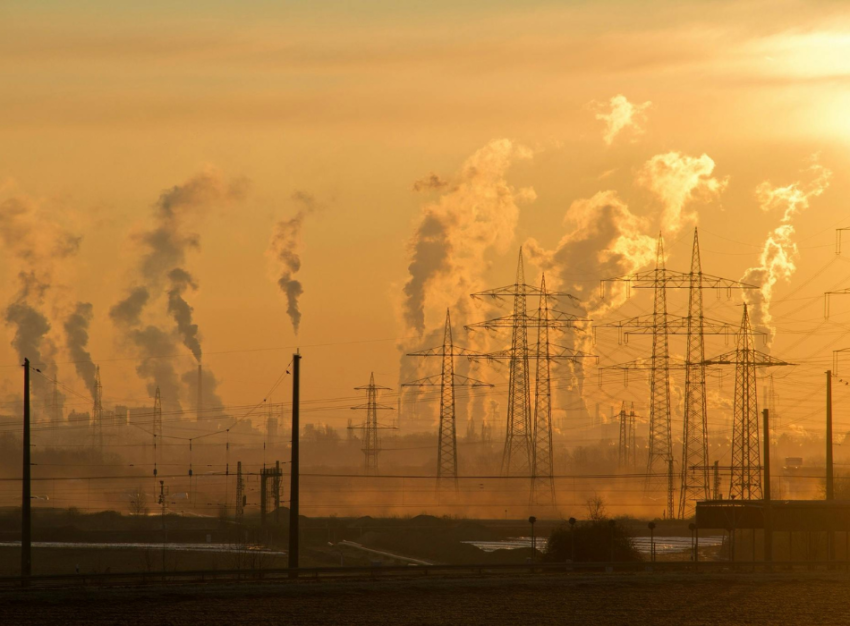Climate change: it’s the reason a lot of us care about living a sustainable lifestyle. Yet it can often seem distant, like it’s happening somewhere else or will happen in the future.
But the truth is that climate change is already happening in the communities where we live. Here in Canada, the impacts of climate change have become hard to ignore over the past couple years, between intense wildfires, weird winters and more.
In this post, I explore a few local impacts of climate change that I’ve noticed in the places where I’ve lived. Of course, not all of these changes and extreme weather events are directly linked to climate change, but many are or at least are made more severe or likely by climate change.
The connection between climate change and changing seasons
We have certain ideas of what the seasons should be like (of course, this varies depending on where you live). Summer means heat; fall means cooler temperatures and colourful leaves; winter means cold and snow; and spring means mild temperatures and sprouting plants. Yet the seasons are starting to be different than we expect, partly due to climate change.
It’s not just your imagination that winters aren’t as long as they used to be. There is a trend of fall starting later and spring starting earlier. In other words, the period of warm weather is getting longer, and winters are getting shorter. In fact, a 2021 study predicted that, under a business-as-usual scenario, Northern Hemisphere summers will last nearly half a year by 2100, while winters will last less than two months.
But it’s not just the length of seasons that’s affected—it’s also what happens within those seasons. The overall trend is that temperatures are getting warmer. But within that temperature increase, you have cold snaps, sudden temperature changes, storms and more. That’s why some people are using the term “global weirding” instead of global warming to better reflect the range of extremes caused by climate change.
Local impacts of climate change
Climate change is associated with temperature extremes and an increase in the frequency and severity of storms. Here are some ways I’ve seen those changes play out in the places I’ve lived.
Warmer winters
When I got together with friends this past winter, we couldn’t help but comment on how temperatures were abnormally mild. I only had to shovel snow a few times, and I even got ice cream in February on a particularly warm day. According to the Weather Network, this February was the warmest on record for Toronto, with an average temperature of 0.2 C. The warm temperatures were partly due to El Niño, but climate change also played a factor.
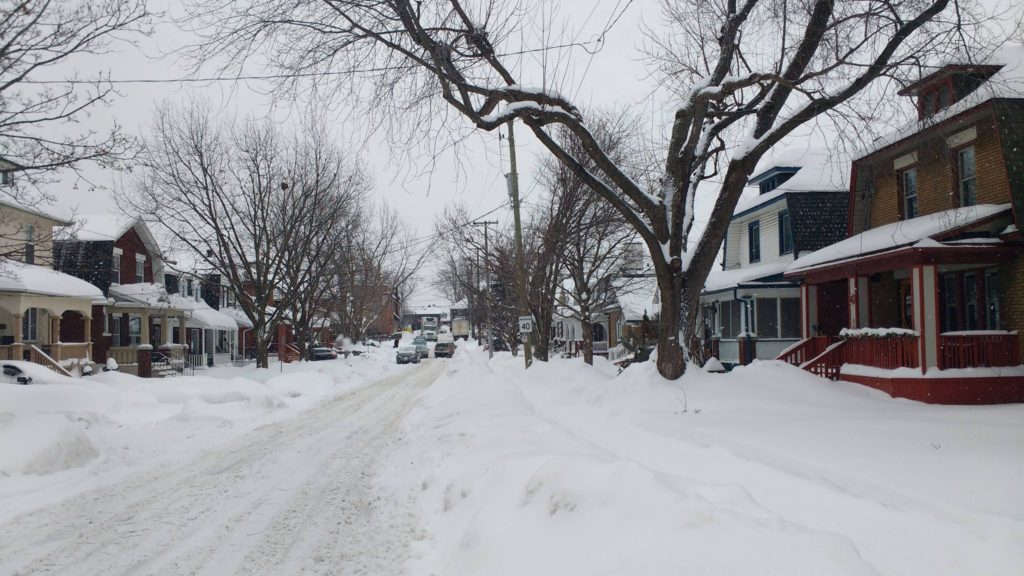
I grew up in Ottawa, which is known for its cold, snowy winters. Many of my winter memories involve snow: clambering over piles of snow on my walk to school, the way streets got narrower due to snowbanks, the sound of snow plows passing by in the middle of the night … Yet climate projections predict less snow and warmer winters for the national capital.
Another childhood memory is skating on the Rideau Canal, the world’s largest skating rink. The canal needs a certain number of very cold nights to be safe for skating. In 2022-23, the canal did not open for skating, for the first time in the skateway’s more than 50-year history. (In 2023-24, the canal was open to skaters just 10 days.)
In the grand scheme of climate disasters, the unreliable opening of the Rideau Canal Skateway doesn’t matter much. But the canal is an important recreation opportunity and tourist attraction for the city, and its loss is a clear sign of our changing climate.
High heat
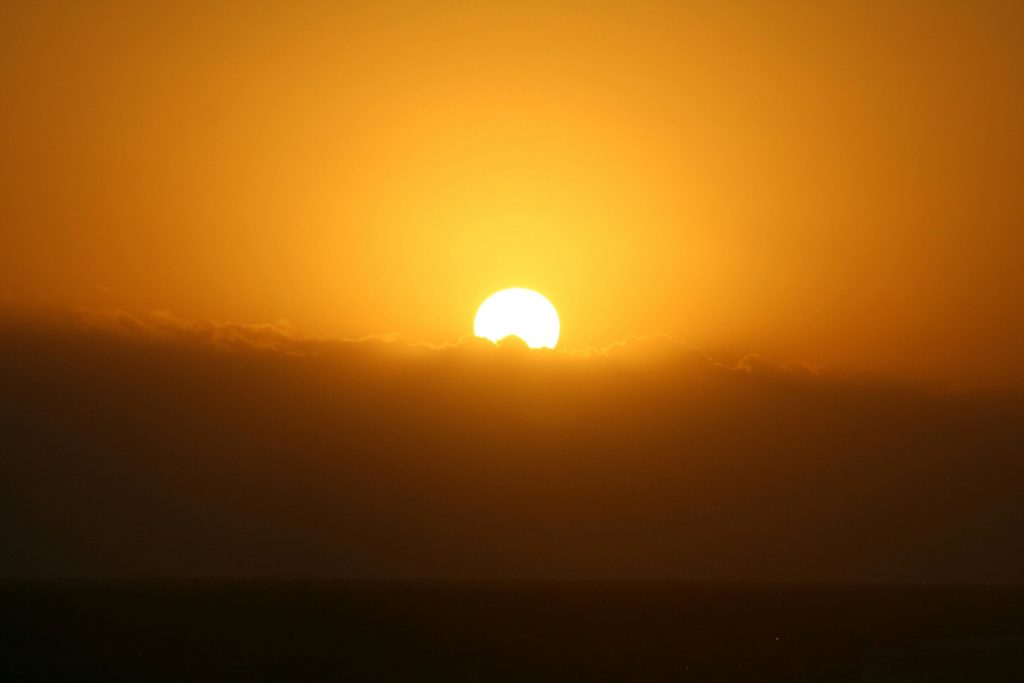
In southern Ontario, we’re used to heat—to hot summer days that feel even hotter with the humidex. But with climate change, we can expect more extreme heat days, like those in mid-July 2022, when temperatures felt like nearly 40 C, or during the surprising heat wave in early September 2023.
I’ve started noticing warnings about poor air quality during heat waves. Extreme heat can increase the quantity of some air pollutants, like ground-level ozone. There’s also a higher risk of heat-related illnesses, like heat stroke and heat exhaustion.
We know that extreme heat affects vulnerable populations, like young children, the elderly, immigrants and those on a low income, the most. If someone doesn’t have an air conditioner, works outside, or lives in a part of the city with hotter temperatures and less access to green space, they may experience extreme temperatures more severely.
Severe storms
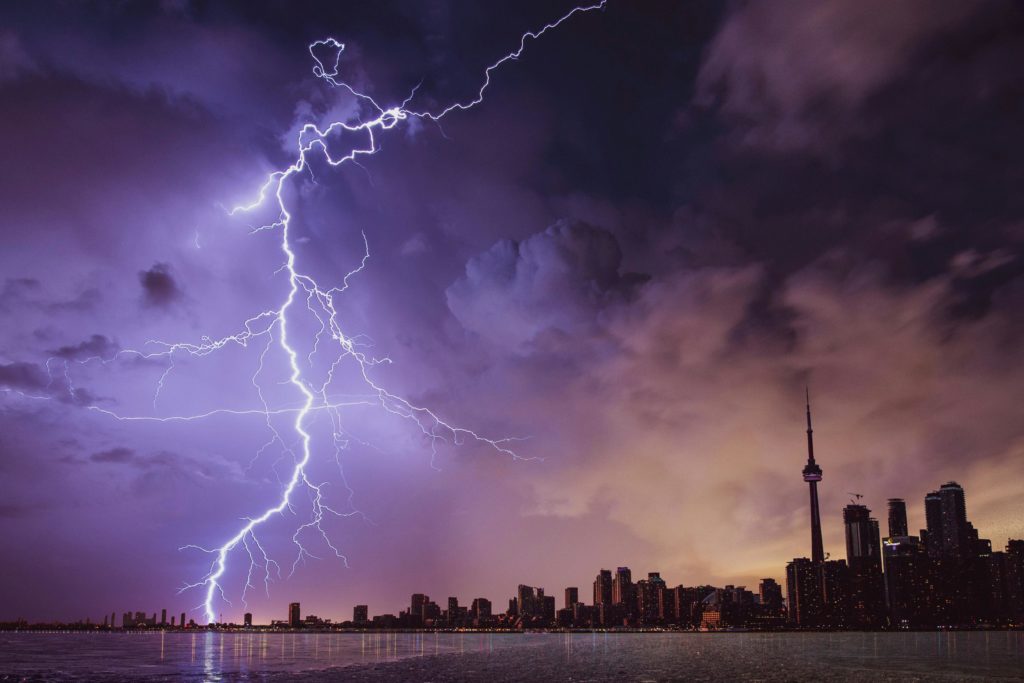
Thunderstorms are nothing new during Ontario summers, but we’re starting to experience storms on a whole other level. I happened to be visiting my parents in Ottawa during the May 2022 derecho, which left a path of destruction across southern Ontario and Quebec. (A derecho is a type of severe wind storm, often accompanied by thunderstorms.)
My mother, sister and I foolishly went for a walk just before the storm started, and we speedwalked back to our house as the rain started to pelt down. We sat in the dining room watching as lightning flashed and trees whipped back and forth.
We were lucky. Some homes were destroyed, and many trees and hydro poles were knocked down. According to Hydro Ottawa, the derecho caused more harm to electrical infrastructure than the 1998 ice storm, with 180,000 customers without power at the peak of the storm.
The Ottawa area has seen other natural disasters over the past few years as well, including a series of tornadoes in 2018.
Harsh hurricanes
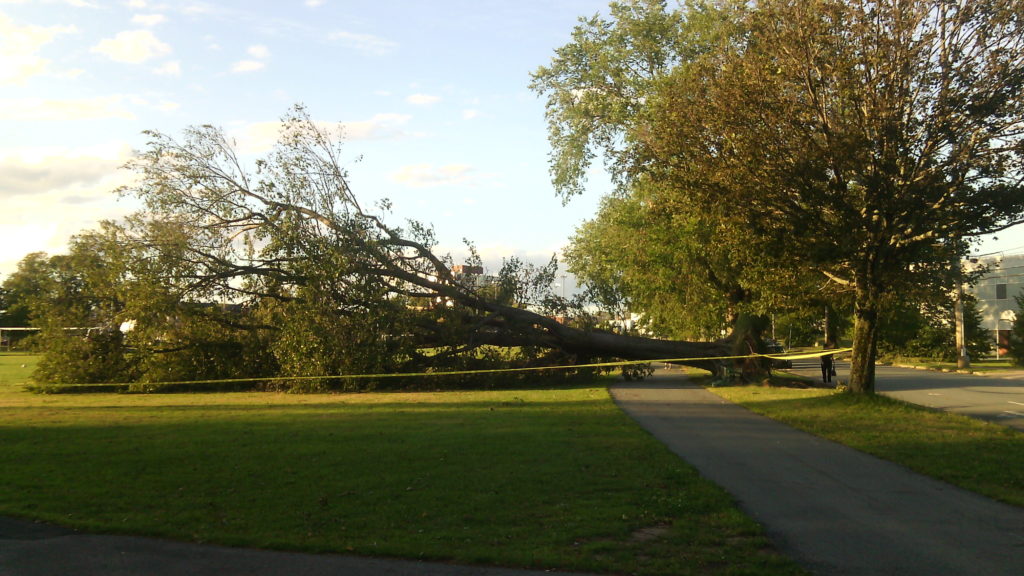
Though I lived in Halifax for four years, I only experienced one hurricane: Hurricane Dorian in 2019. I remember the long lines at the grocery store as people stocked up on essentials before the big storm and the debris from fallen trees after the storm hit.
Though Dorian was a severe storm in its own right, causing widespread power outages and even toppling a crane into a building under construction, it was nothing compared to 2022’s Hurricane Fiona. This post-tropical storm brough high winds, rain, flooding and storm surge, even sweeping several houses out to sea in Newfoundland. There were also extended power outages.
Scientists predict that climate change will lead to an increase in the number of intense hurricanes. Among other factors, rising sea levels can lead to more flooding and higher waves, and warmer waters strengthen the storm.
Worsening wildfires
Some parts of Canada, like British Columbia, experience wildfires nearly every year. However, the truth is that although I heard about these wildfires on the news, I never paid them much attention. It was only last year that the wildfires became impossible to ignore.
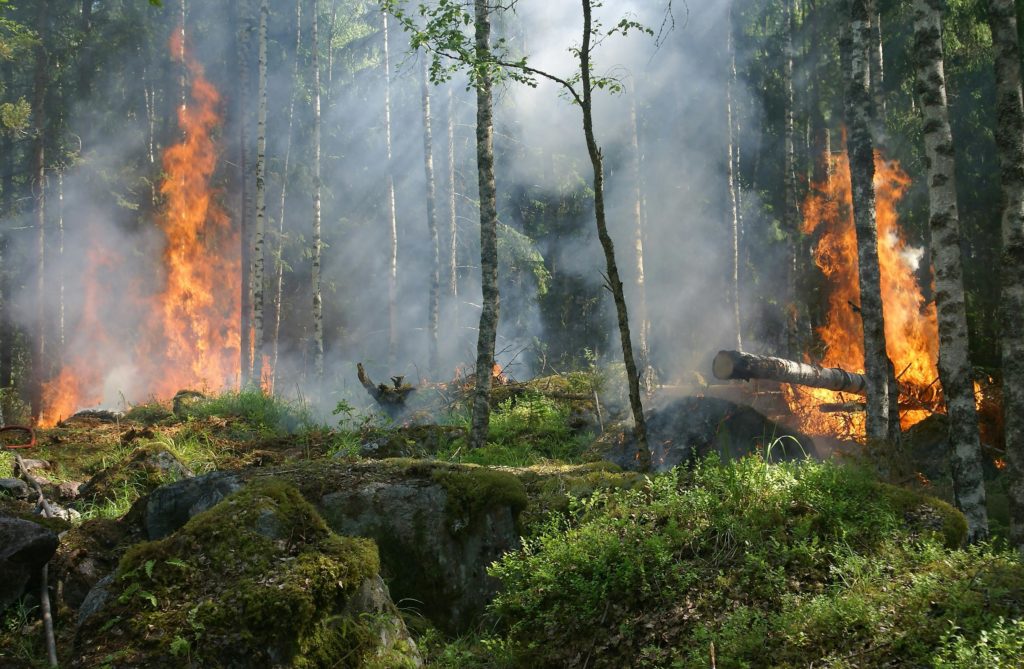
Though the number of wildfires was not unusual in 2023, their scale was. The fires burned approximately 18.4 million hectares—much more than the average of 2.5 million hectares. The wildfires also affected regions across the country, from the west to the east to the north, causing more than 200 communities to be evacuated.
A rapid research study focusing on the Quebec wildfire season examined the impact of high temperatures and dry conditions on the fires. The team found that climate change made the wildfire season’s extreme intensity at least two times more likely.
There’s also the question of the smoke. Smoke from Canadian fires travelled as far away as the United States and even Europe, of course impacting Canada as well. Wildfire smoke contains several different gases and particles, including PM 2.5, which is particularly harmful to human health. Here in Toronto, the weather forecast was “widespread smoke” several days, and the air quality was the worst in the world at least once.
Local impacts and local solutions
Climate change is having undeniable impacts in communities across Canada and around the world, from wildfires to heat waves to hurricanes and more. But all hope is not lost! If many of the impacts of climate change are local, many of the solutions are local as well, like improving public transit services, expanding the tree canopy and switching to clean energy sources.
By taking steps to live more sustainably, advocating with elected officials and getting involved in community climate action initiatives, you can help combat climate change.
I want to know: What impacts of climate change have you experienced where you live?
Categories and tags:
Share this post:
